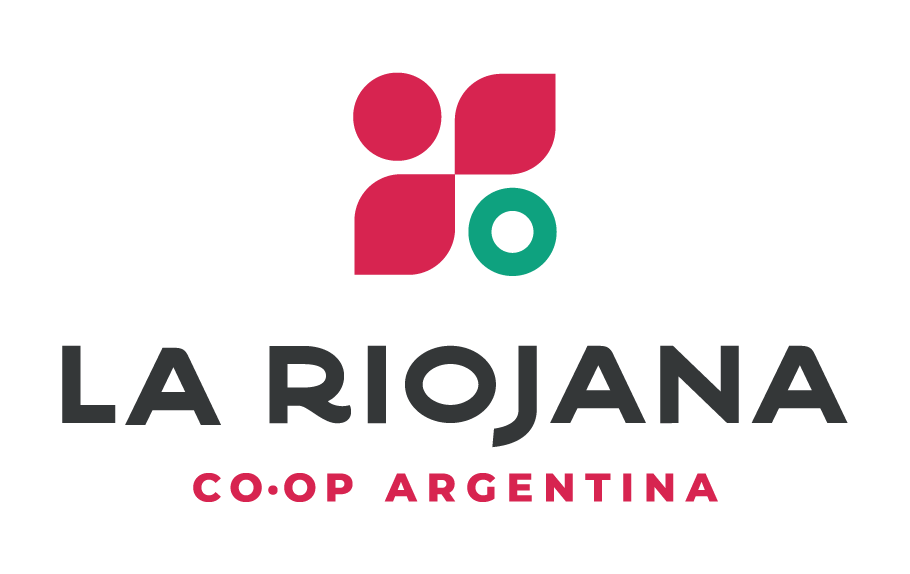LA RIOJANA CO-OPERATIVE VINTAGE REPORT 2020
/For our co-operative, the 2020 harvest marked our 80th harvest, which officially started on 27th January 2020 and ended on 9th April 2020. Overall the climatic conditions experienced were similar to other years, however due to little rain, it was on the whole somewhat drier than previous years, which resulted in the grapes ripening more quickly than normal. In La Rioja, Argentina’s third largest wine-producing province, the 2020 harvest was characterized by the ripeness and healthiness of the grapes harvested which has produced good quality wines as a result.
This year we harvested a total of 29,522,309 million kilos of wine grapes (55% white and 45% red), with the majority coming from the farms of our 360 members and our long-term contract growers. Taking into account that La Rioja province harvested a total of 54 million kilos this vintage, the lowest harvest in 40 years, La Riojana represents 54% of the viticulture production, making us the leading wine producer in the province.
In terms of climatic conditions and how they affected the 2020 vintage, winter 2019 was fairly kind and brief with the significant cooler weather starting in June and then colder temperatures and frosts during July and August. The first few days of September saw some low temperatures which fortunately did not affect the bud break of the wine grapes and occurred satisfactorily in most of the vineyards from the middle to the end of the month.
Spring 2019 saw low rainfall and average temperatures for the region which favoured the vegetative growth of the vineyards, with no cryptogamic diseases observed. There were some zondas (warm winds from the north) recorded which did affect the fruit set in some places but not to a major degree.
Summer 2019 - 2020 experienced good temperatures in both December and January. In general, the nights were rather cool, with relative low humidity. The good thermal range favoured the veraison and fruit maturity. Some rain was recorded at the end of December, producing some cases of hail which affected a few vineyards in the west of La Rioja region.
The harvest began at the end of January (with the first grapes being picked in the Tilimuqui area) and was characterized by ripe, healthy grapes, which had reached the right degree of alcohol with virtually no problem. There was some rain recorded during the harvest in February and March, but it had little effect on the actual harvest.
This year all the varieties performed well, with Torrontés Riojano standing out amongst the whites, with an excellent development of citrus, white fruit aromas and tropical notes, followed by Chardonnay which fully expressed its varietal typicity, with citrus, pear, mango aromas and a delicate touch of honey. In addition to this the Pinot Gris produced was very aromatic and fresh with citrus and white peach notes.
Among the red varieties, Malbec, Syrah, Merlot and Bonarda stood out, with Syrah being the highest volume harvested. Most of the wines have a good level of alcohol, with intense colour, very good quality tannins (with absence of any green and dry notes) and are very aromatically expressive.


